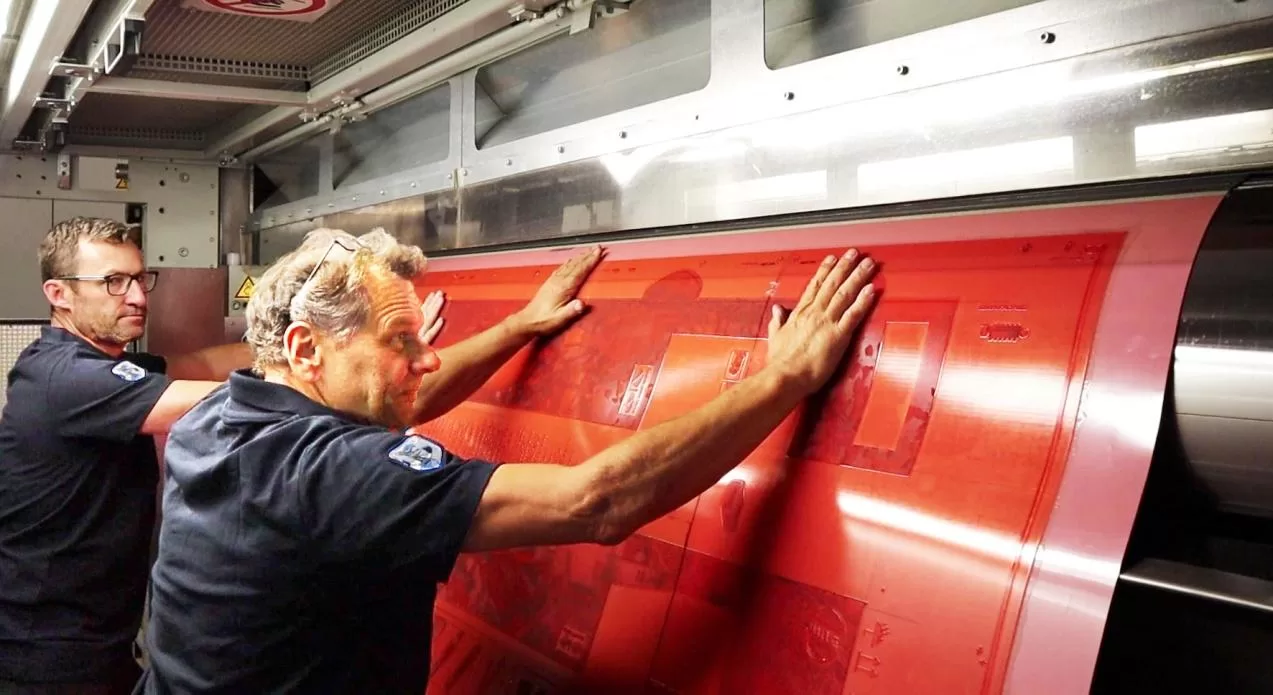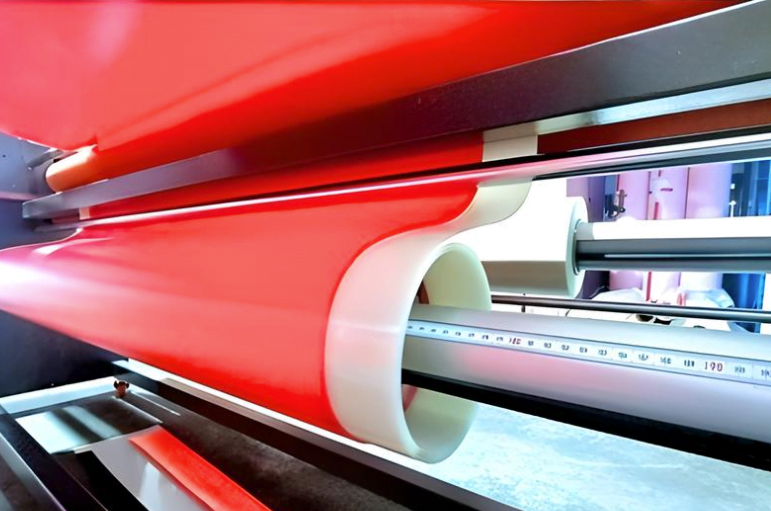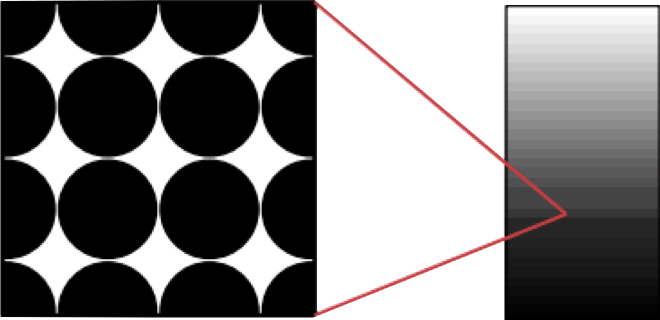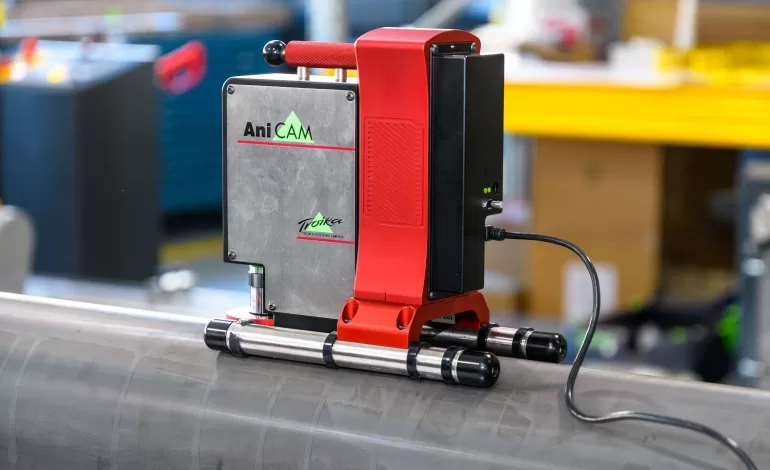Why use cushioning materials in flexo?
Corrugated box printing mainly adopts flexo printing as it is the most suitable process for handling the different surface structures and the sensitive cross-section of the board. Other printing processes, such as gravure or offset, have significantly higher nip pressures. The nip pressure is created between the impression roller and the printing cylinder. Offset can handle very thin and stable corrugated structures, gravure can not at all.
For some reason flexography started corrugated printing with plate thicknesses of up to 7mm. Actually, there was a reason for this: the thicker the plate, the softer it would be and the more pressure could be applied without destroying the cross-section of the board.
The pressure was, and still is, needed to produce an even print. Imagine a thicker corrugated board, the tolerances of the cross-section are quite high. Now the plate has to transfer the ink to this uneven surface. With low pressure, the printing plate would simply touch the higher parts of the corrugated board and the print result would show a lot of missing areas or elements.
To get proper ink lay-down and nice full tone coverage, the printing press should increase the pressure to press the plate is harder against the substrate, which means an increase of the nip pressure. The plate then has to be thick enough to absorb the pressure because it is not a compressible material, it is merely flexible. At a certain point, with the right pressure, the ink lay-down will produce full coverage.
However, this coverage often comes with compromises. Thick plates, such as 6.35 mm or 7.00 mm – yes, they still exist – have many disadvantages. The resolution or reproduction of the screening is very poor. Finer elements shift, move or get squashed during printing. Also, elements of the board with higher resistance are more apparent, one of these effects being the washboard effect.
What is the alternative?
There is the constraint of the undercut in the printing press. The printing press aims at a plate of perhaps 6.35 mm. To change to a thinner plate, we should not forget to fill the resulting gap.
For instance, to replace a 6.35mm plate, we can adopt a 3.94mm plate and fill the remaining gap with a 2.4mm intermediate. This intermediate in corrugated printing is usually a compressible backing/cushioning material, either polyurethane or polyethylene.
The first company in this field is Rogers with their product r/bak made of PU (polyurethane). PU is durable and has proved to be suitable for this application. However, PU is heavy and relatively expensive. Later, PE (polyethylene) foams entered the market. PE has long been in use in adhesive backs or mounting tapes for flexible packaging. The advantage of PE is that it is more lightweight and has a closed cell surface that absorbs less water or ink. The PE materials are produced in various formats by companies such as IMC Materials.
The cushion now allows the use of thinner plates with better resolution. The plate can better follow the uneven surface of the substrate without squash, as the cushion underneath absorbs the pressure. Some side effects are less vibration on the press, as the foam absorbs a lot of it, and a general cost saving, as the thick plates are typically more expensive.
Conclusion
Compressible backing and cushioning materials in corrugated printing improve print results and reduce costs regardless of the print job. The cushion also improves when printing simple line work. The entire sandwich becomes more lightweight and easier to mount on the press by using cushion materials.






